Feifei Sun
Deep Learning for CSI Feedback: One-Sided Model and Joint Multi-Module Learning Perspectives
May 09, 2024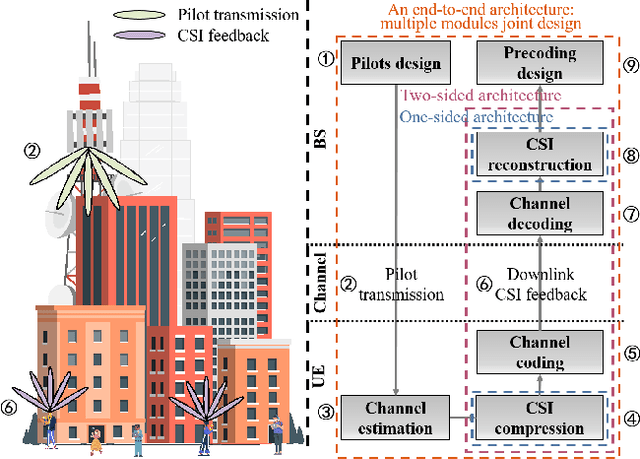

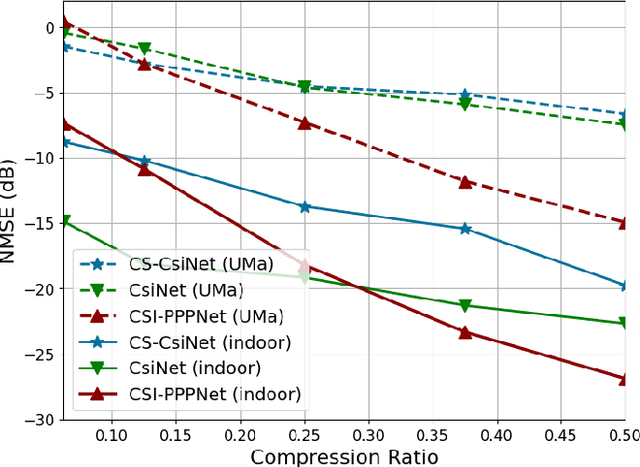
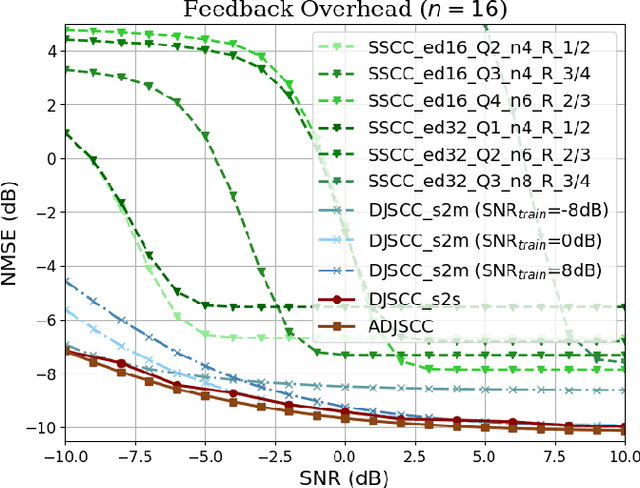
Abstract:The use of deep learning (DL) for channel state information (CSI) feedback has garnered widespread attention across academia and industry. The mainstream DL architectures, e.g., CsiNet, deploy DL models on the base station (BS) side and the user equipment (UE) side, which are highly coupled and need to be trained jointly. However, two-sided DL models require collaborations between different network vendors and UE vendors, which entails considerable challenges in order to achieve consensus, e.g., model maintenance and responsibility. Furthermore, DL-based CSI feedback design invokes DL to reduce only the CSI feedback error, whereas jointly optimizing several modules at the transceivers would provide more significant gains. This article presents DL-based CSI feedback from the perspectives of one-sided model and joint multi-module learning. We herein introduce various novel one-sided CSI feedback architectures. In particular, the recently proposed CSI-PPPNet provides a one-sided one-for-all framework, which allows a DL model to deal with arbitrary CSI compression ratios. We review different joint multi-module learning methods, where the CSI feedback module is learned jointly with other modules including channel coding, channel estimation, pilot design and precoding design. Finally, future directions and challenges for DL-based CSI feedback are discussed, from the perspectives of inherent limitations of artificial intelligence (AI) and practical deployment issues.
A Signature Based Approach Towards Global Channel Charting with Ultra Low Complexity
Mar 29, 2024
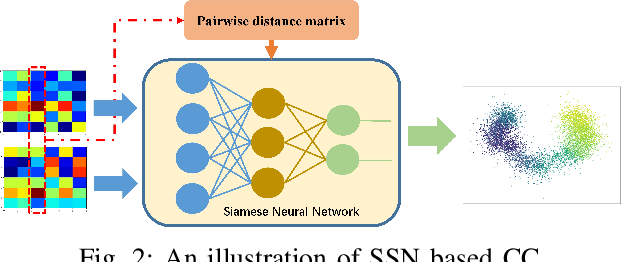
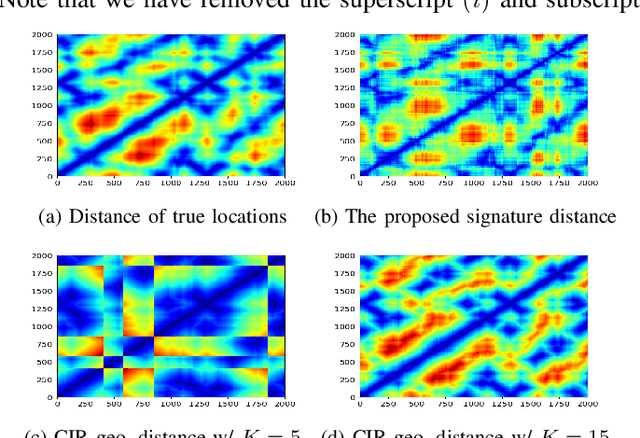

Abstract:Channel charting, an unsupervised learning method that learns a low-dimensional representation from channel information to preserve geometrical property of physical space of user equipments (UEs), has drawn many attentions from both academic and industrial communities, because it can facilitate many downstream tasks, such as indoor localization, UE handover, beam management, and so on. However, many previous works mainly focus on charting that only preserves local geometry and use raw channel information to learn the chart, which do not consider the global geometry and are often computationally intensive and very time-consuming. Therefore, in this paper, a novel signature based approach for global channel charting with ultra low complexity is proposed. By using an iterated-integral based method called signature transform, a compact feature map and a novel distance metric are proposed, which enable channel charting with ultra low complexity and preserving both local and global geometry. We demonstrate the efficacy of our method using synthetic and open-source real-field datasets.
Data-Driven Compressed Sensing for Massive Wireless Access
Sep 28, 2022
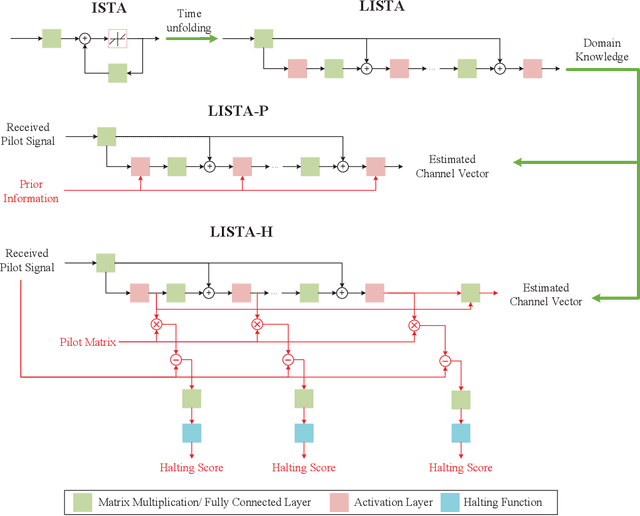
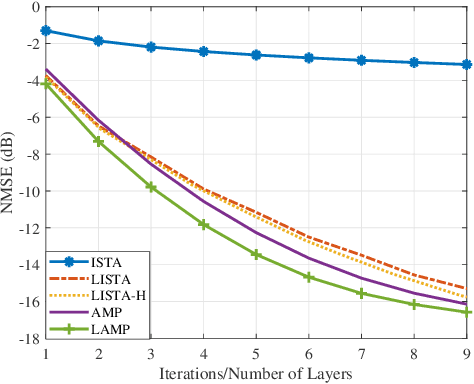
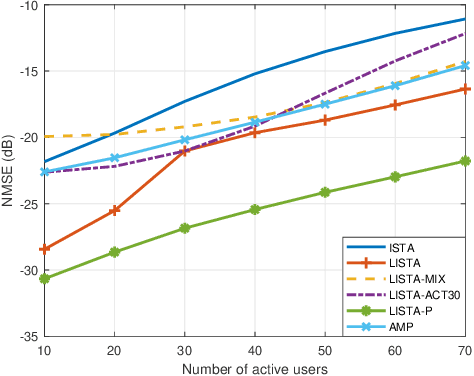
Abstract:The central challenge in massive machine-type communications (mMTC) is to connect a large number of uncoordinated devices through a limited spectrum. The typical mMTC communication pattern is sporadic, with short packets. This could be exploited in grant-free random access in which the activity detection, channel estimation, and data recovery are formulated as a sparse recovery problem and solved via compressed sensing algorithms. This approach results in new challenges in terms of high computational complexity and latency. We present how data-driven methods can be applied in grant-free random access and demonstrate the performance gains. Variations of neural networks for the problem are discussed, as well as future challenges and potential directions.
 Add to Chrome
Add to Chrome Add to Firefox
Add to Firefox Add to Edge
Add to Edge